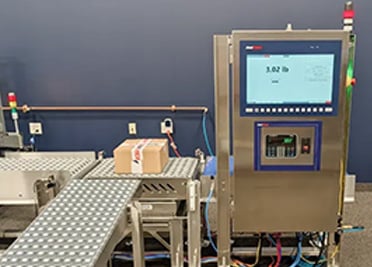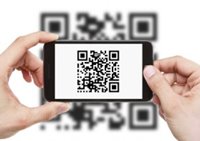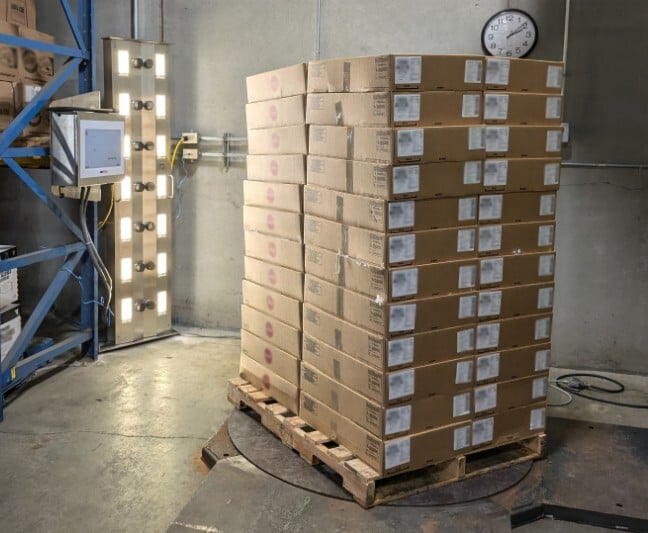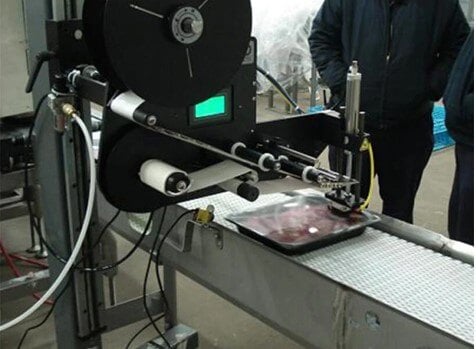Before we jump into my reflections on 2D technology - let’s get a few definitions straight:
Terminology:
- 1D – a one dimensional bar code that you have been seeing on retail products since 1967
- 2D – a two dimensional bar code that is often square in size and has the capacity to hold much more data than 1D in a smaller space
When I entered the data collection/printing industry at the ripe old age of 20 back in 1995, I think I had two things drilled into my impressionable young mind every day: work hard and play hard. Ok, maybe it was 4 things including those two. These were the other two:
- Wireless mobile computers with the Palm OS were taking over
- 2D bar codes were going to be everywhere by 2000.
Until relatively recently, I would mention a 2D bar coding solution and only Trekkies and my FedEx driver buddy from high school seemed to have an idea on what I was talking about. I would elaborate with “you know, the bulls eye looking thing on the UPS label” and a few more heads would nod. Fast forward to somewhere in 2012 when the Quick Response (QR) Code almost overnight seemed to be the latest thing for my friends in Marketing nationwide and I began to see them on every retail product, print ad and back windows of every small business owner’s SUV and thought to myself, hmm – I think it has arrived. It took a little longer, but maybe we were all just busy playing hard.
With advent of the smartphone (can we just call them phones now?) and their ability to scan 2D codes, suddenly my texting machine turned into something that can bring me to any website or product page in seconds and dang if the average Joe isn’t suddenly everyone’s target audience. There are a few dozen different 2D barcodes ranging from the MaxiCode UPS uses to the colorful High Capacity Color Barcode from Microsoft. Don’t forget the purpose of these codes - they’re not just a marketing gimmick, they hold a lot of data. A 1D code might hold a dozen or so numbers, while a 2D code can hold thousands. This huge increase in the amount of data able to be stored allows faster processing and more efficiency overall.
Unlike the staying power of the Palm OS, 2D codes (though a bit later in adoption than predicted) seems to be here to stay - no question about it.










